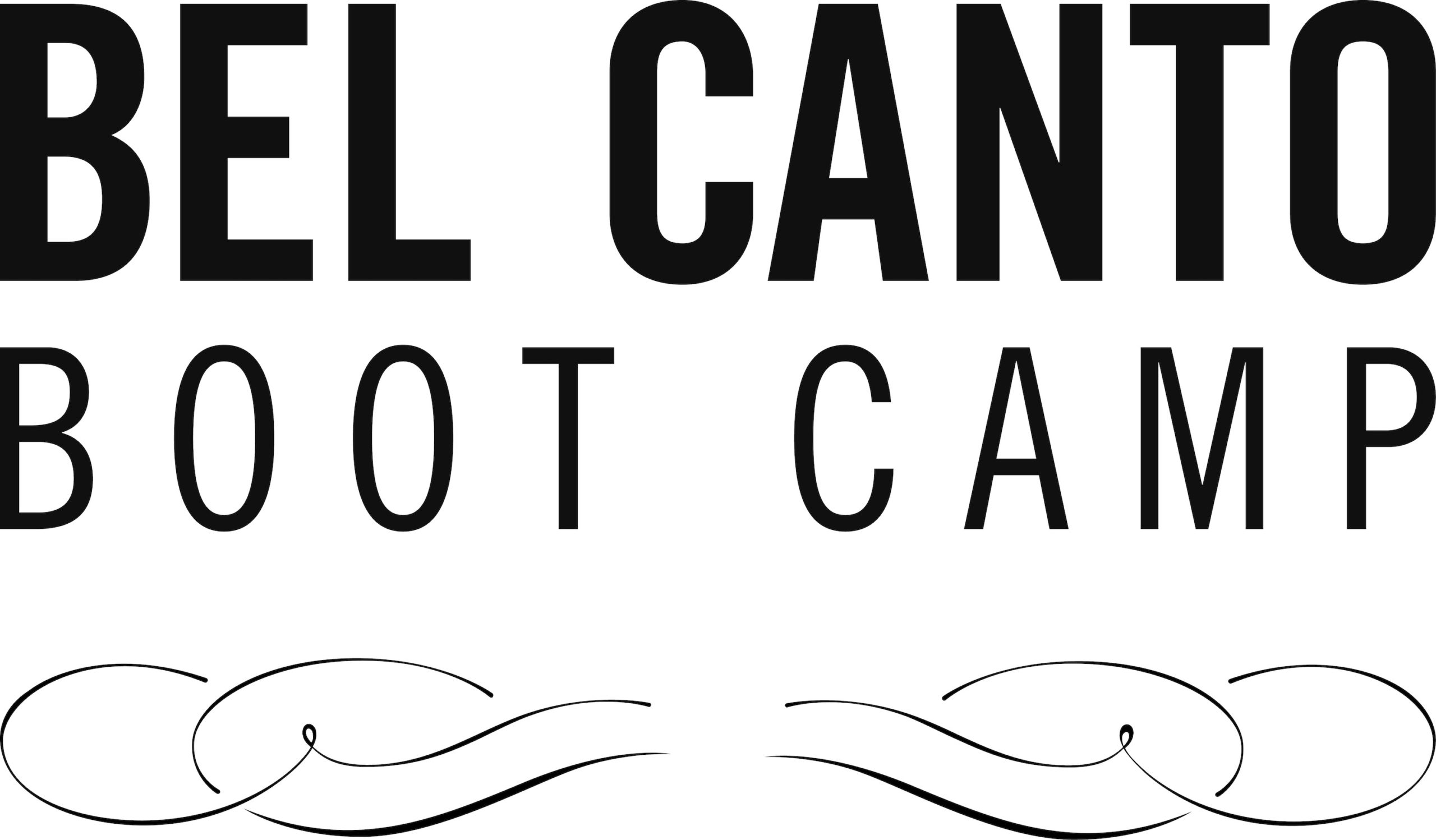Francesco Izzo. Laughter Between Two Revolutions: Opera Buffa in Italy, 1831-1848. University of Rochester Press, 2013.
Even the most seasoned of operagoers can be excused for thinking of comic opera as limited to Mozart and Rossini, oh and a couple of works by Donizetti. And then nothing until Falstaff and Gianni Schicchi. Like so many observations about opera history, this is based only on the modern standard repertoire, which is misleading. While it is true that comedy had fallen on hard times in 19th century Italy. Melodrama and tragedy were the preferred theatrical forms there. In Laughter Between Two Revolutions: Opera Buffa in Italy, 1831-1848, Francesco Izzo covers comedies written or performed during the period between two revolutions, exploring the works themselves as well as how audiences received them.
The perception that Italian opera and literature in the mid-19th century was dominated by tragedy is an overall accurate picture. Not only were there many operatic tragedies, but there was also a thriving industry turning out historical novels. This is in part due to an overall sense in Europe during the Romantic era that art served a higher purpose beyond merely entertaining the audiences. In addition, Italy is in the midst of a growing movement know as Risorgimento which eventually led to the unification of Italy as a country rather than a number of smaller states each ruled by foreign powers (Spain, France, and Austro-Hungary) in ever-changing configurations. This was indeed the era of tragedy in Italy, a country known throughout Europe for its tradition of comedy from commedia dell’arte through opera buffa. Even Donizetti who had been successful with comic operas in both Italy and Paris, expressed little interest in writing anything but serious operas towards the end of his career.
Nevertheless, many Italians were eager to defend their country’s opera buffa tradition for its nationalistic overtones and for its being the operatic form least influenced by trends coming from France and Germany. Composers and librettists continued to produce comedies, but they had negligible impact outside cities like Naples where they originated, and the major composers of that era, Mercadante, Pacini, Bellini, and Verdi, mostly avoided comedic libretti.
In Naples, comic operas were mostly performed at the smaller Teatro Nuovo. The Teatro San Carlo was reserved for opera seria and various other serious forms. Operas in this era use a number of designations like dramma, opera seria, and melodramma (often without any consistency even between the score and the published libretto). Performances at the Teatro Nuovo were often in the Neapolitan dialect and sometimes even featured spoken dialogue rather than recitative. Sometimes even established comedies like Rossini’s il barbiere di Siviglia and La Cenerentola were adapted to the performance style of the theater. Other larger cities also had theaters in which the serious works were performed in the larger, more posh theater while comedies and farces were performed at the smaller one. Rome’s Teatro Valle was the first such comic opera theater to be subsidized by the government. Milan is the exception with La Scala performing both comedies and dramas in the same season. In 1838, the theater even began charging the same ticket prices for both seria and buffa performances. (Tickets for opera seria had traditionally been sold for a higher price.)
The first chapter focuses on two operas that premiered in 1832 both with remarkable success in their own time. Luigi Ricci’s Il nuovo Figaro and Gaetano Donizetti’s L’elisir d’amore. Elixir remains popular and includes one of the most popular tenor arias in the repertoire. Ricci’s Figaro, on the other hand, had disappeared from the repertoire by the end of the 19th century. Both are based on works by the French playwright Eugène Scribe. (Scribe is most often associated with grand opera and rightly so, but he wrote a substantial number of comedies as well.) Izzo explores the traits of L’elisir that contributed to its success both in the 1830s as well as today. Rather than continue the farcical and happy-go-lucky music of earlier buffe, Donizetti bathes this comedy in full-on romantic pathos. The best example of that is in the aforementioned tenor aria “Una furtiva lagrima.” The aria has no corresponding moment in the Scribe play upon which the libretto was based. It was added simply to create this sympathetic moment for the leading man. Of course, moments like this in which lovelorn tenors bemoan the states of their love lives are not uncommon in comic operas. (See also: “Languir per una bella” from Rossini’s L’Italiana in Algeri). Donizetti is nevertheless increasing the number of such moments in comedies like Elixir and Don Pasquale to appeal to an audience more used to seeing tragedy than farce on the operatic stage.
